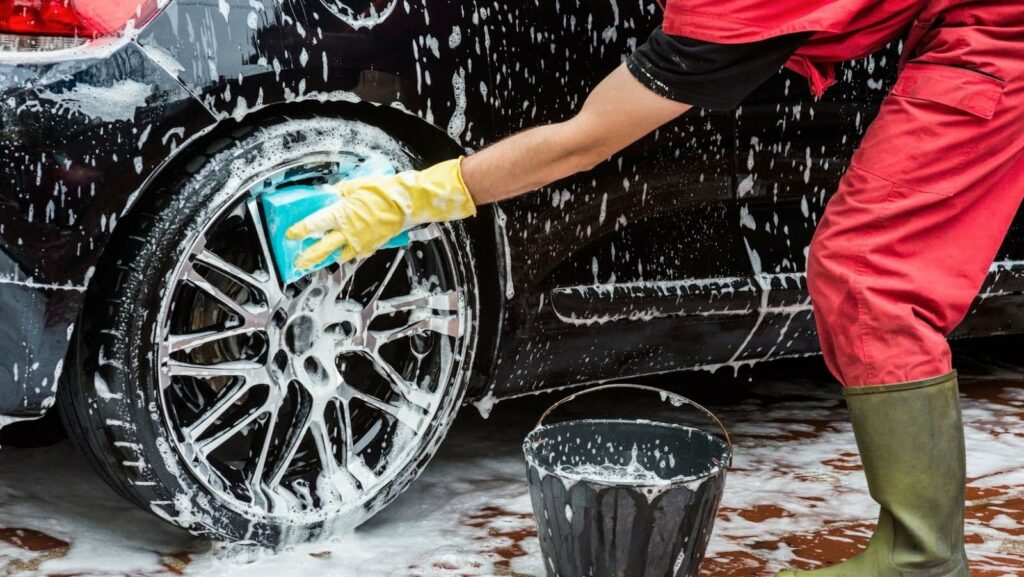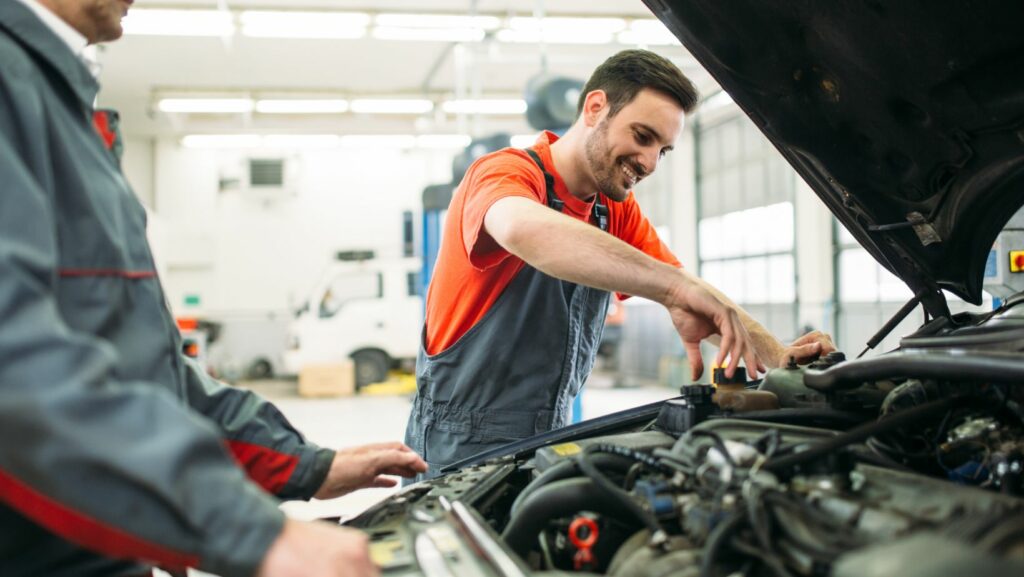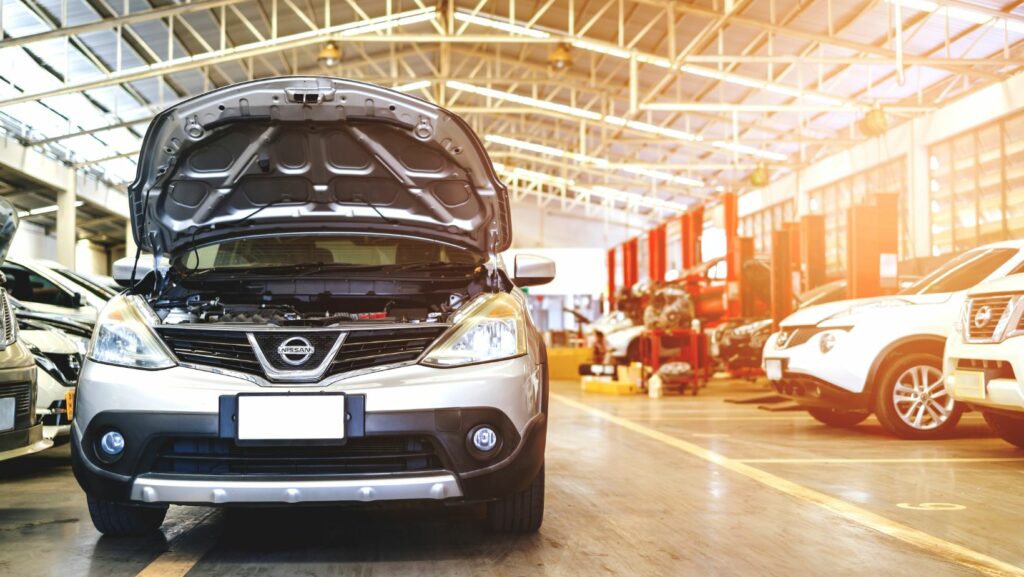A simple car wash can make your vehicle look clean, but if you want to preserve its aesthetic and keep it brand new, you’ll need to go beyond the basics. Advanced car cleaning techniques are essential for maintaining your car’s long-term beauty and value, especially if you’re an enthusiast or someone who takes pride in their vehicle. These methods enhance the appearance and protect your car from the elements, ensuring it stays in top condition for years to come.
The Role of Clay Bar Treatments in Paint Decontamination
What is a Clay Bar?
A clay bar is a detailing tool to remove contaminants embedded in your car’s paint. These contaminants, such as industrial fallout, brake dust, tree sap, and tar, cannot be removed by regular washing. Over time, they can bond with the paint, making the surface rough and dull. Clay bars gently lift these particles from the paint surface, making it smooth and ready for further treatment.
Benefits of Using a Clay Bar
Using a clay bar offers several benefits. First, it restores the smoothness of your car’s paint, essential for achieving a flawless finish when waxing or applying a sealant. A car that has undergone a clay bar treatment will have a noticeably smoother surface, which enhances the effectiveness of subsequent polishing and waxing. Additionally, clay bar treatments help to extend the life of your paintwork by removing contaminants that can cause damage over time.
Step-by-Step Guide to Clay Bar Application
To apply a clay bar treatment, wash and dry your car thoroughly to remove any loose dirt. Then, divide your car into sections and work on one area at a time. Apply a clay bar lubricant to the section you’re working on, and gently glide the clay bar over the surface using back-and-forth motions. You’ll feel the bar picking up contaminants as you go. Once the surface feels smooth, wipe it clean with a microfiber towel.
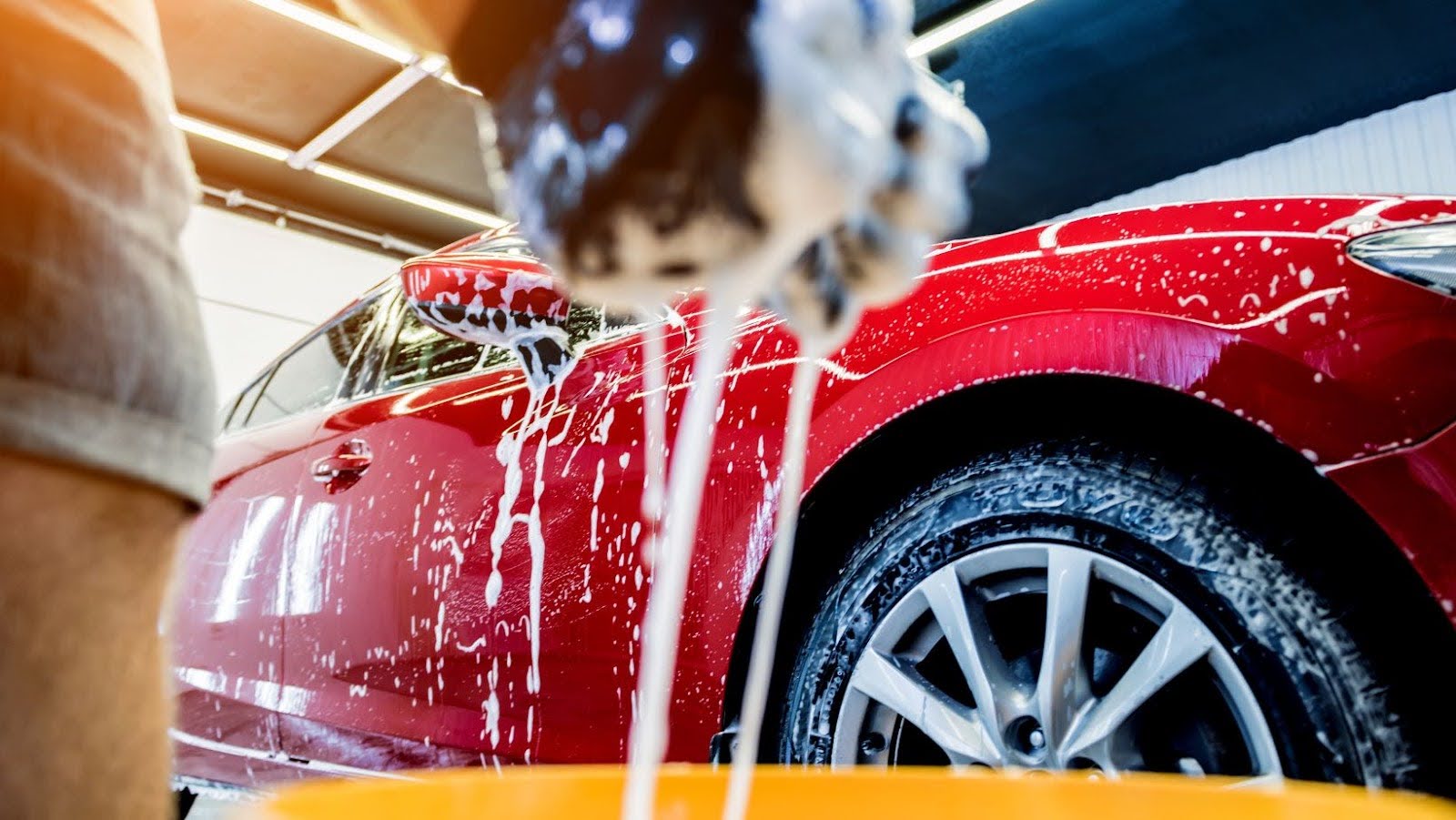
After claying, polishing and waxing, your car is recommended to protect the freshly cleaned paint.
The Advantages of Ceramic Coating Applications
What is Ceramic Coating?
Ceramic coating is a liquid polymer that chemically bonds with your car’s paint to create a protective layer. Unlike traditional waxes and sealants, ceramic coatings are much more durable and can last several years. They protect against UV rays, water spots, bird droppings, and other environmental contaminants.
Benefits of Ceramic Coatings
One of the main benefits of ceramic coatings is their long-lasting protection. Once applied, they form a hard, hydrophobic layer that repels water and dirt, making your car easier to clean and less prone to staining. Additionally, ceramic coatings enhance the gloss of your paint, giving your car a deep, mirror-like shine that lasts much longer than wax.
Application Process for Ceramic Coatings
Before applying a ceramic coating, it’s crucial to ensure that your car’s surface is completely clean and free of imperfections. This means washing, claying, and polishing the paint. Once the surface is prepped, apply the ceramic coating using a soft applicator pad, working in small sections. Allow the coating to cure per the manufacturer’s instructions, then buff it off with a microfiber towel. Avoid washing your car for at least a week after applying the coating to allow it to cure fully.
Utilizing Specialized Tools for a Professional-Level Clean
Foam Cannons for Effective Pre-Wash
Foam cannons are specialized tools that create thick foam applied to your car before washing. This foam helps to loosen and lift dirt and grime from the surface, reducing the risk of scratches during the washing process. Attach a foam cannon to a pressure washer, fill it with a suitable car wash soap, and spray foam over your car. Let it sit for a few minutes before rinsing off with water.
High-pressure Washers for Deep Cleaning
High-pressure washers effectively remove stubborn dirt and debris from your car’s exterior. They provide a powerful stream of water that can clean areas that are hard to reach with a regular hose. However, using the right nozzle and pressure setting is important to avoid damaging the paint.
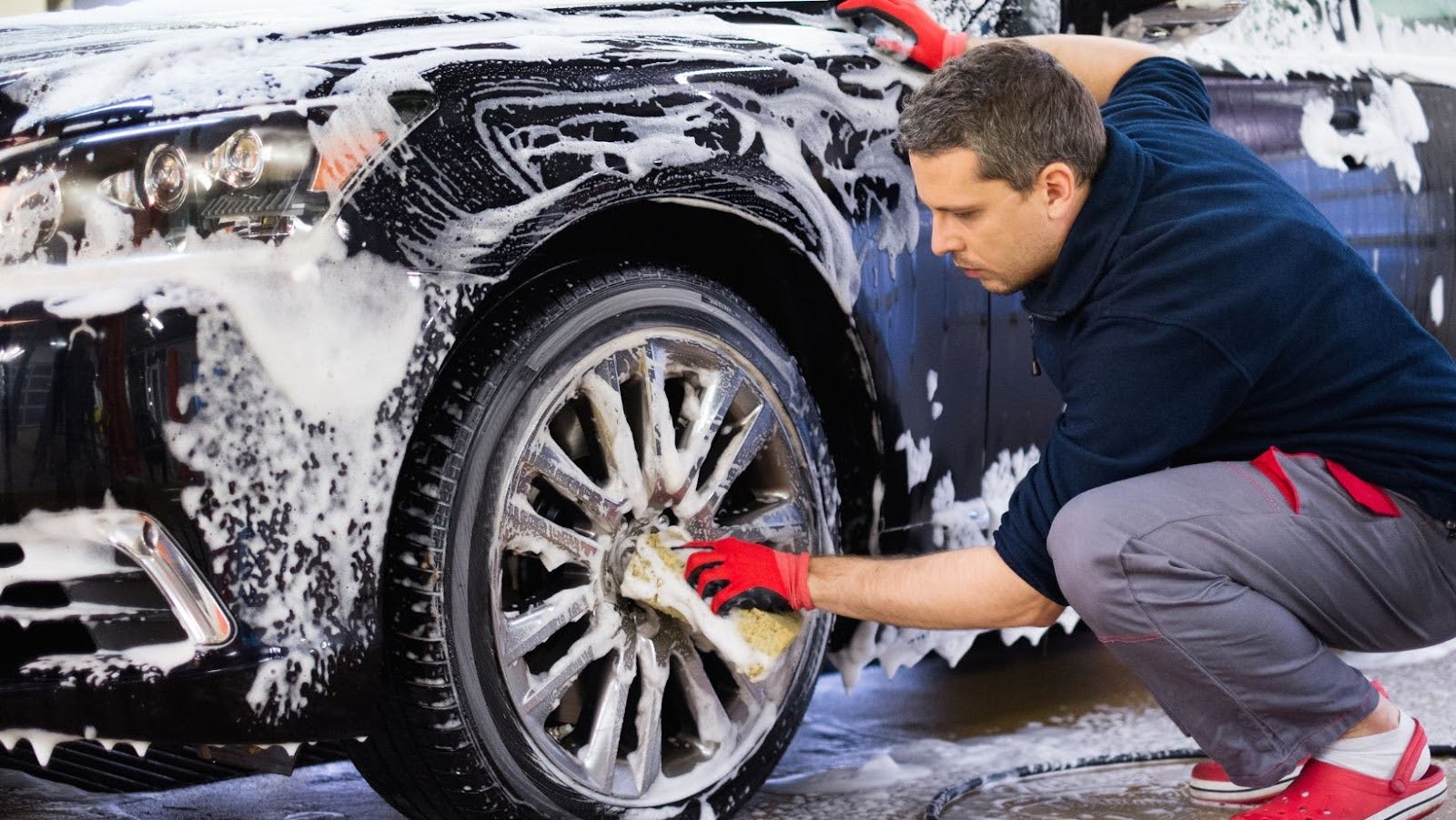
A wide-angle nozzle is usually best for general cleaning, while a lower-pressure setting is recommended for sensitive areas.
Other Specialized Tools and Techniques
In addition to foam cannons and high-pressure washers, other tools like microfiber towels, detailing brushes, and air blowers can help you achieve a professional-level clean. Microfiber towels are perfect for drying your car without leaving streaks or scratches, while detailing brushes can reach tight spaces like grilles and badges. Air blowers are great for removing water from crevices and preventing water spots.
Additional Tips for Maintaining Your Car’s Aesthetic
Regular Maintenance Schedule
A regular cleaning routine is essential for keeping your car in top condition. Incorporate advanced techniques like claying and ceramic coating into your routine to maintain your car’s aesthetic over time.
Seasonal Considerations
It is also important to adapt your cleaning routine based on seasonal challenges. In winter, road salt can damage your car’s paint, so frequent washing and protective coatings are necessary. UV rays can fade your paint in summer, so regular waxing or ceramic coating is recommended.
Professional vs. DIY Detailing
While DIY detailing can be rewarding and cost-effective, there are times when professional detailing services are worth considering, especially for more intensive work like paint correction or applying a ceramic coating.
Advanced car cleaning techniques are essential for preserving your vehicle’s aesthetic and protecting your investment. From clay bar treatments to ceramic coatings and specialized tools like foam cannons and high-pressure washers, these methods provide a professional-level clean that keeps your car looking its best. And don’t forget the smaller details—maintaining clean and polished Number Plates is another way to enhance your car’s overall appearance. Start incorporating these advanced techniques into your car care routine today, and enjoy the long-lasting benefits of a well-maintained vehicle.

